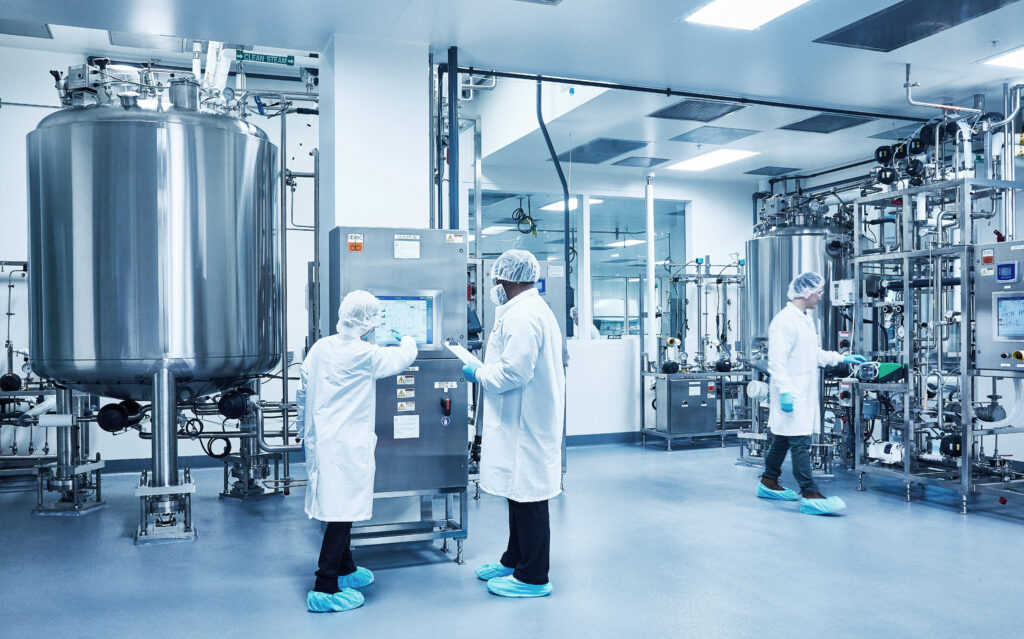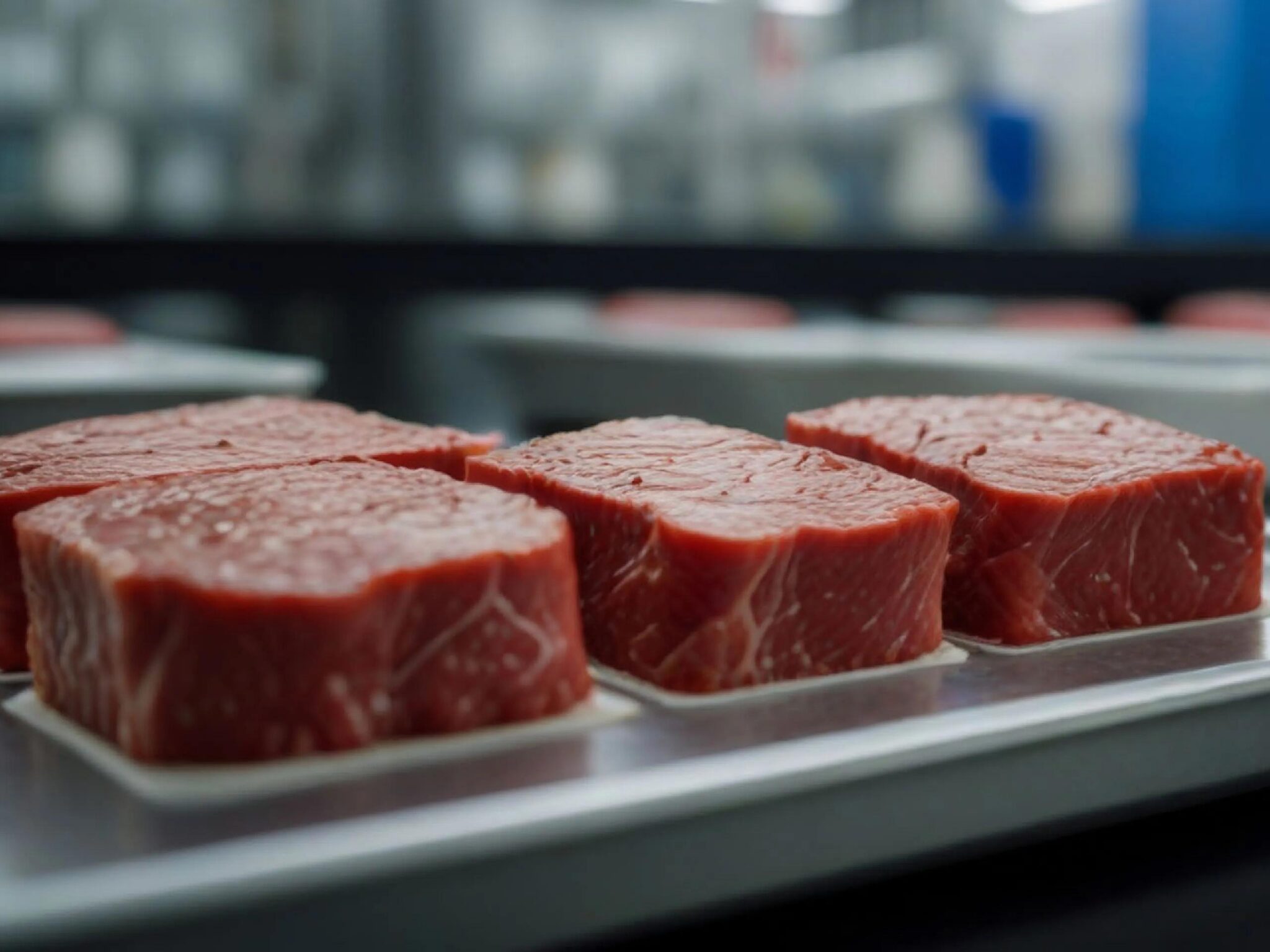Myocopia: Can Cell Metabolism Be the Catalyst for Cost-Effective Cultivated Meat?
3 Mins Read
Finnish researchers have come up with a way to make cultivated meat without expensive growth factors, relying on stem cell metabolism instead.
As the race to produce cost-effective cuts of cultivated meat continues, researchers at the University of Helsinki are proposing an alternative to one of the most expensive parts of the manufacturing process.
“All companies run into problems at roughly the same point of scaling up production,” said Pekka Katajisto, who is leading the team at the Helsinki Institute of Life Science (HiLife).
The solution, then, lies in the technology developed under its Myocopia project, which relies on stem cell metabolism instead of growth factors. Can it help companies bring costs on par with conventional meat?
Cells grow meat only when instructed

Culture media are an essential part of cultivated meat production, comprising a mix of nutrients to facilitate the growth of animal cells. This accounts for the majority of the costs involved in the entire process, with growth factors – which help the cells differentiate – responsible for the bulk of those.
Companies have been working on ways to bring these prices down – typically, culture media cost hundreds of dollars per litre. Last month, UK company Meatly, which is on the verge of receiving regulatory approval for its cultivated pet food in the country, announced it had reduced the cost of its culture medium to $1.25 per litre by developing a protein-free version.
And just last week, fellow cultivated pet food producer BioCraft Pet Nutrition announced it had reached price parity with premium conventional meat by developing a nutrient medium composed of plant-based ingredients.
At Katajisto’s lab, which is connected to the Centre of Excellence in Stem Cell Metabolism, researchers studied how cell metabolism regulates the division and differentiation of stem cells. This led to an innovation that can keep the cells expanding longer than with current methods, and grow meat only when instructed to do so, enabling precise control in bioreactors.
“The cells can be kept multiplying in a financially viable way until the reactor is full. The cells are then guided to form meat – again using their own metabolism,” said Katajisto.
Myocopia plans to spin out in two years

The idea was first tested using capital from HiLife’s proof-of-concept funding. Once they achieved promising results, the team received state financing from Business Finland to commercialise its technology. Under the latter, Myocopia will validate the tech on “commercially interesting” meat products like beef, pork and poultry.
“We want to increase our understanding of the market and finetune our technology,” said Swetha Gopalakrishnan, scientific lead of the Myocopia project, who made the original observation that led to the innovation.
The goal is to become a B2B provider that can license its technical knowhow to cultivated meat producers. Olga Balakina, commercialisation specialist for the project, is assessing the market for potential partners. “Our top priority is to identify the companies with which we can launch a pilot,” she said.
Technology companies are of particular interest, since they can help the Myocopia team tailor the innovation based on market needs. The team has already begun the patenting process, and aims to speak to VCs and impact investors for financing next year.
“After two years, we can strive to establish a spinout,” said Balakina. As a “tech enabler” of the industry, one of its solutions could be “a cell-growing cocktail” that could stimulate growth effectively in existing bioreactors.
“I believe our innovation is going to be a game changer in the emerging industry as a whole,” added Katajisto.



